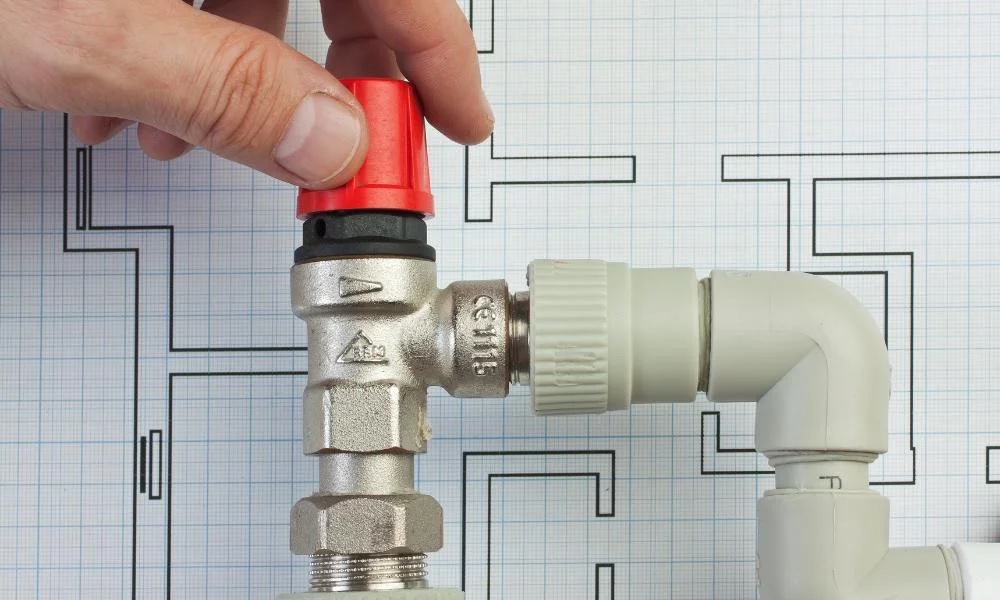
Save thousands – Replace instead of repairing major plumbing issues
When faced with a significant plumbing problem like a slab leak, failing pipes, or a tank water heater breakdown, some homeowners patch the problem repeatedly hoping to extend its lifespan. Eventually, this leads to recurring failures, water damage, and exorbitant repair bills. Replacement, not endless repairs, offers the smartest long-term savings on major plumbing components.
Look beyond surface repairs
Serious plumbing problems like leaky pipes clogged drains, and drain line breaks have underlying causes that quick fixes don’t address. Covering up issues with sealants, bursting just sections of pipe, or snaking drains provide temporary relief but problems resurface. True correction requires full-scale replacement. Factor in lifetime maintenance costs and home damage risks, not just immediate repair costs. Repairing problems piecemeal often costs more over the long run than a comprehensive replacement. While disruptive initially, replacement prevents repeated repairs down the road.
Weigh repair difficulty and effectiveness
Consider how complicated repairs will be and their probable lifespan. Sections of repiped pipes or foundation leaks sealed from the exterior often fail again in just months or a few years. Difficult access and extensive demolition add costs. Replacement is preferable despite the higher initial price. Frequent breakdowns and necessary repairs to the same systems indicate replacement is a better solution. It includes water heaters over 10-15 years old, chronically clogged drains, and visibly deteriorated pipes. Don’t keep sinking money into components past their service life. If you’ll need repairs every 1-3 years on the same systems, calculate whether the replacement frequency would be lower. While pricier at first, correctly sized new systems should need minimal servicing over 10-20 years. Lower lifetime maintenance costs often justify replacement.
Assess damage risks of failures
Leaks and corrosion in old pipes eventually cause catastrophic failures. Weigh substantial risks of major leaks or flooding against replacement costs. A Vaucluse plumber prevents thousands in repairs or restoration from water disasters. Upgrading old, inefficient equipment with new high-efficiency systems also lowers operating costs. Utilities are cut with tankless water heaters. No seepage loss with new pipes. Efficiency gains offset initial replacement costs. Newer plumbing systems raise property value versus outdated components needing frequent repairs. Potential buyers know older systems likely require pricey upgrades or replacements soon. Value will increase after replacement. Not worrying about the next plumbing failure provides satisfaction and relief you can’t put a price on. Replacement approaches to major plumbing problems offer convenience and security.
- Higher initial cost than quick fixes
- More extensive demolition/construction mess
- Potential delays waiting for installations
While disruptive initially, replacement offers long-term perks:
- Minimized lifetime repair costs
- Lower utility and water bills
- Reduced risk of water damage
- Enhanced property value
- Greater system reliability
- Improved efficiency and function
